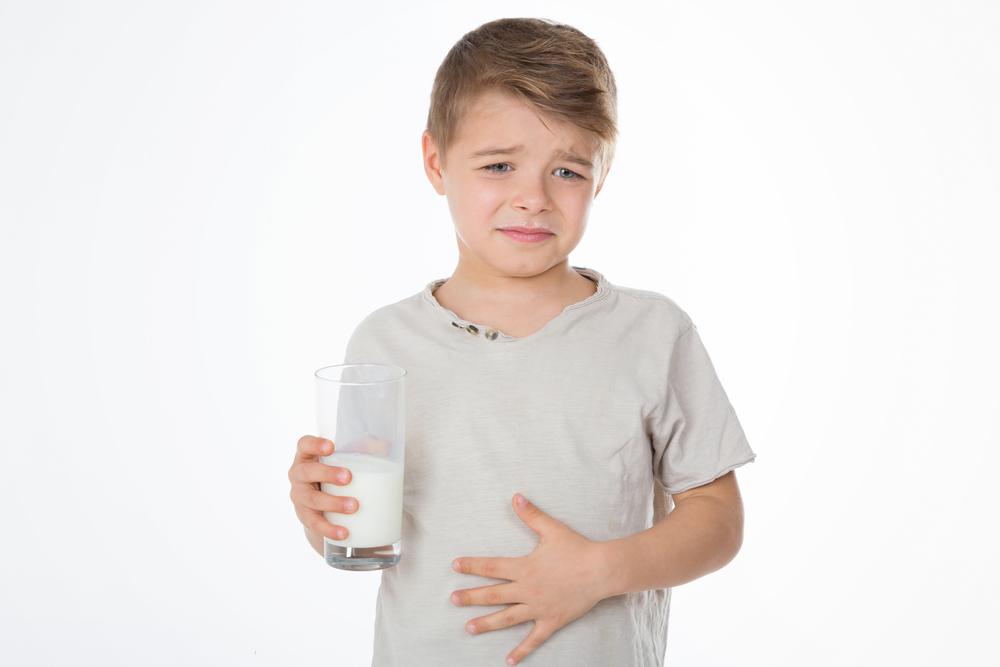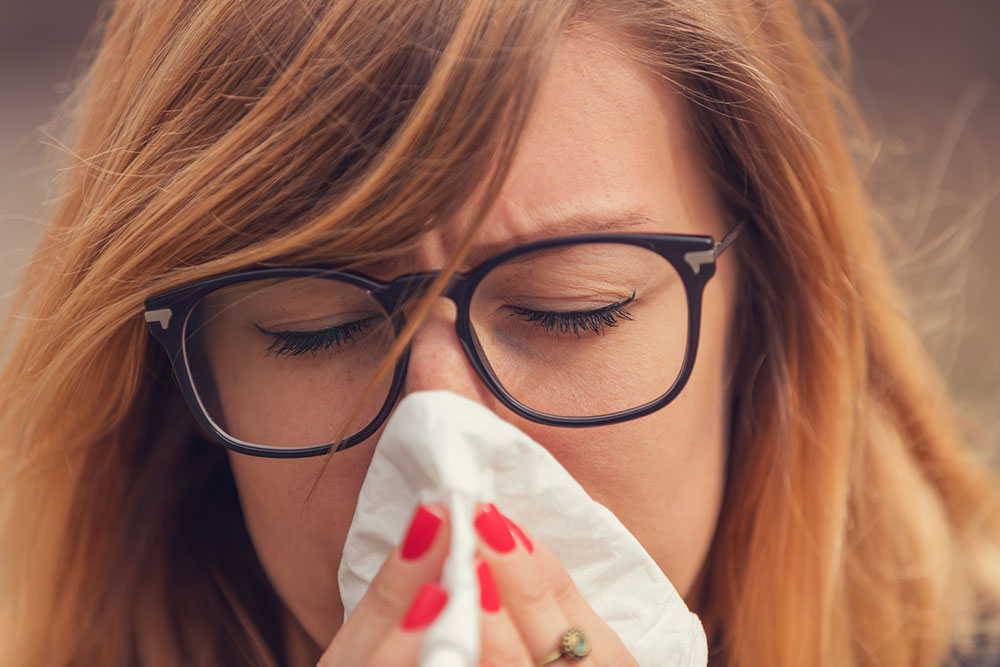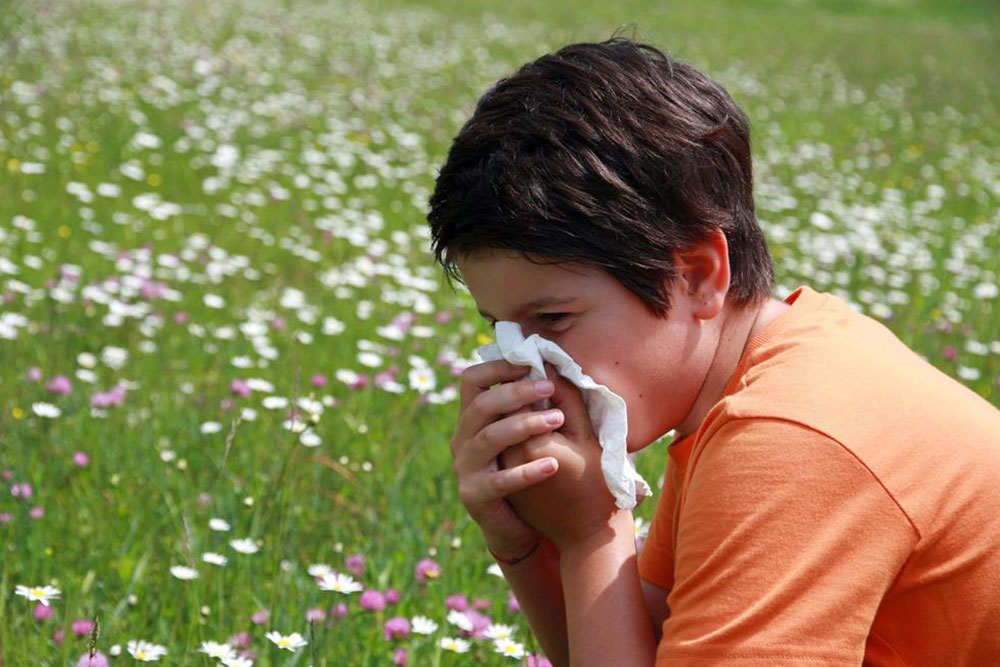Comprehensive Guide to Common Food Allergies and Recognizing Their Symptoms
This comprehensive guide explores common food allergies, their symptoms, and effective management strategies. It emphasizes the importance of early diagnosis, allergen avoidance, and emerging treatments like immunotherapy. Recognizing signs of allergic reactions and understanding individual triggers are key to preventing severe health emergencies and ensuring a safe, healthy lifestyle for allergy sufferers.

Comprehensive Guide to Common Food Allergies and Recognizing Their Symptoms
Food allergies are immune system overreactions to foods that are typically harmless to most individuals. These reactions can range from mild discomfort to life-threatening emergencies, significantly impacting quality of life. They are increasingly common across all age groups, affecting infants, children, and adults alike. Recognizing the signs of food allergies is essential for prompt management and avoiding severe health complications. This detailed guide explores the most prevalent food allergies, their associated symptoms, and strategies for managing them effectively.
Understanding Food Allergies
Food allergies involve an abnormal immune response where the body mistakenly identifies certain foods as dangerous invaders. Upon exposure, immune cells release chemicals like histamine, which cause allergy symptoms. Unlike food intolerance, which involves digestion issues, food allergies involve the immune system and can cause severe reactions. Identifying allergenic foods through testing and elimination diets is critical in allergy management. With proper diagnosis and awareness, individuals can avoid triggers and lead healthy lives while minimizing the risk of accidental reactions.
Common Food Allergens and Their Symptoms
In this section, we delve into the most common food allergens, their typical symptoms, and why avoiding them is crucial for allergic individuals. Recognizing early symptoms can lead to prompt treatment and prevent escalation to severe reactions.
Peanut Allergy
Peanut allergy is arguably the most well-known and widespread food allergy worldwide. It can trigger a broad spectrum of reactions, from mild skin rashes to severe respiratory and cardiovascular symptoms. In some cases, exposure can lead to anaphylaxis—a life-threatening condition requiring immediate emergency treatment. Peanuts contain proteins that are highly allergenic, and even trace amounts in processed foods can cause reactions. Early diagnosis via blood tests or skin prick tests is vital, and individuals with peanut allergies should carry emergency epinephrine auto-injectors at all times.
Shellfish Allergy
Shellfish allergies affect many people and are often lifelong. Proteins such as tropomyosin, arginine kinase, and myosin are responsible for allergic responses. Common shellfish includes crustaceans like lobsters, shrimp, crabs, and mollusks like scallops. Reactions may involve symptoms such as hives, swelling, difficulty breathing, nausea, or vomiting. Since allergic reactions can be severe and there is currently no cure, strict avoidance of shellfish is the primary preventive measure. Cross-contact in seafood processing industries further complicates avoidance.
Wheat and Gluten Allergy
Wheat contains multiple proteins, with gluten being the most notorious allergen. This allergy often manifests as skin rashes, swelling, gastrointestinal issues, and respiratory symptoms. Wheat allergy commonly affects children, many of whom outgrow it by age ten. For those who do not, lifelong avoidance of wheat is necessary. Individuals with celiac disease, an autoimmune disorder, must also avoid gluten-containing foods. Proper diagnosis is essential to differentiate between wheat allergy, gluten intolerance, and celiac disease, as management strategies differ.
Milk Allergy
Milk allergy involves immune reactions to proteins in cow's milk, such as casein and whey. It is often mistaken for lactose intolerance, which involves the digestive system rather than the immune system. Milk allergy can cause skin reactions like hives, digestive problems, respiratory issues, or even anaphylaxis. Management involves eliminating dairy products from the diet, reading labels carefully, and finding suitable dairy alternatives like soy, almond, or oat milk. Many children outgrow milk allergy by the age of five, but ongoing management is essential for those still affected.
Soy Allergy
Soy allergy predominantly affects infants and young children, caused by proteins found in soybeans. Symptoms include mouth itching, hives, wheezing, nasal congestion, and gastrointestinal discomfort. Severe cases can lead to anaphylaxis. Most children eventually outgrow soy allergy, but some may carry it into adulthood. Because soy is common in processed foods, careful label reading is important. Alternative protein sources are often recommended for those with soy allergy, and dietary plans should be supervised by healthcare professionals.
Effective Management and Treatment Options
Managing food allergies involves a combination of avoidance strategies, emergency preparedness, and emerging therapies. While the best way to prevent reactions is to avoid known allergens, various medical treatments are now available to increase tolerance and reduce allergy severity.
Oral Immunotherapy (OIT)
OIT involves systematically administering increasing doses of the allergen—such as peanut powder (for example, Palforzia)—under medical supervision. Over time, this approach helps the immune system build tolerance, reducing the severity of reactions or potentially allowing some individuals to consume small amounts of the allergen safely. OIT requires careful monitoring by healthcare providers to minimize risks of adverse reactions.
Sublingual Immunotherapy (SLIT)
SLIT involves placing liquid drops containing the allergen under the tongue for a few minutes before swallowing. This method aims to desensitize the immune system and is considered less invasive than OIT. It can be effective for certain allergies, especially pollen and dust mite allergies, and is sometimes adapted for food allergies.
Emergency Preparedness
Individuals with known food allergies should always carry emergency medications such as epinephrine auto-injectors. Recognizing early signs of an allergic reaction and acting swiftly can prevent escalation to severe reactions. Education on allergen avoidance and emergency response is crucial for patients and caregivers alike.
Understanding, identifying, and managing food allergies are essential steps to ensure safety and improve quality of life for affected individuals. Advances in immunotherapy and allergy research continue to enhance treatment options and hope for those with food allergies.





